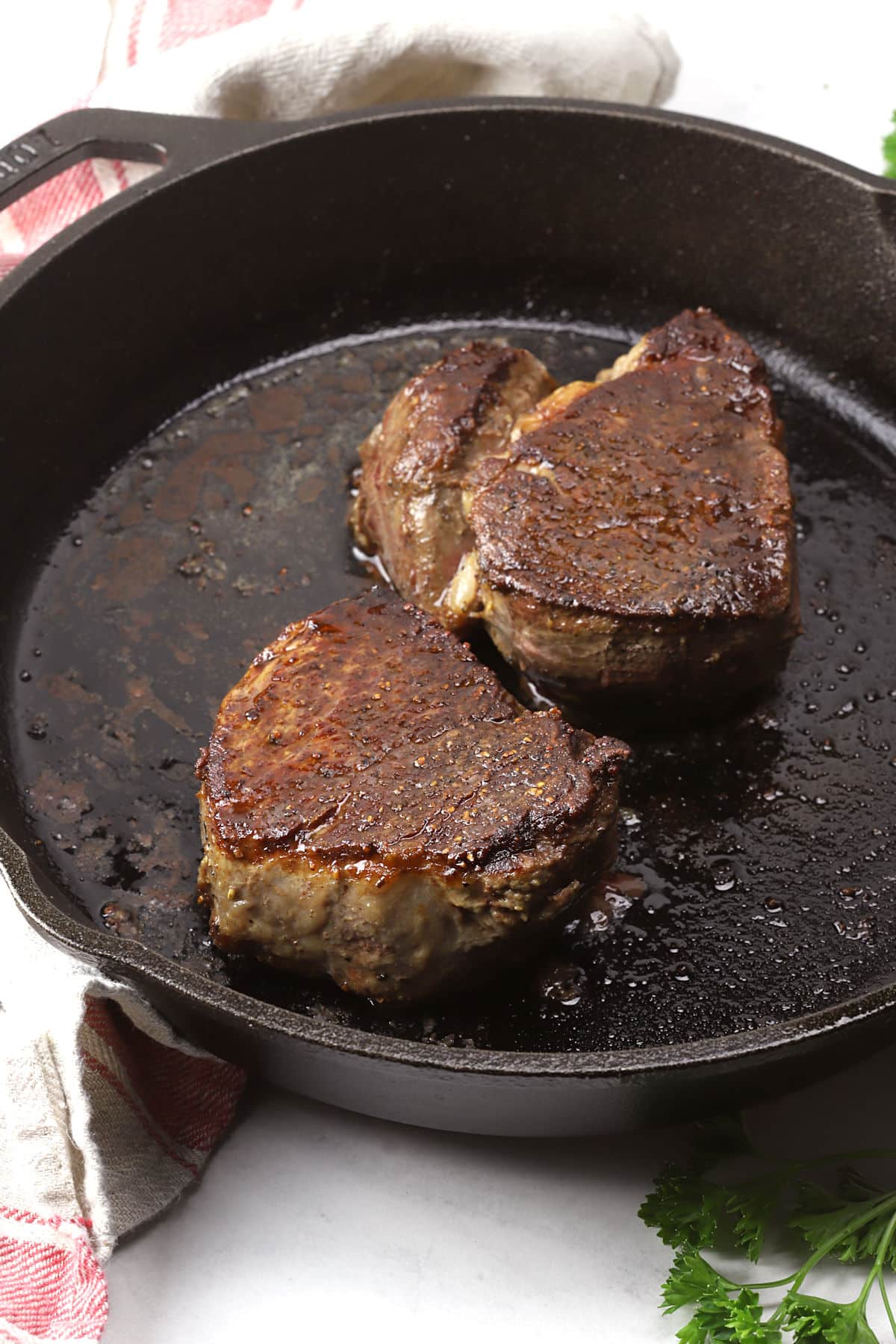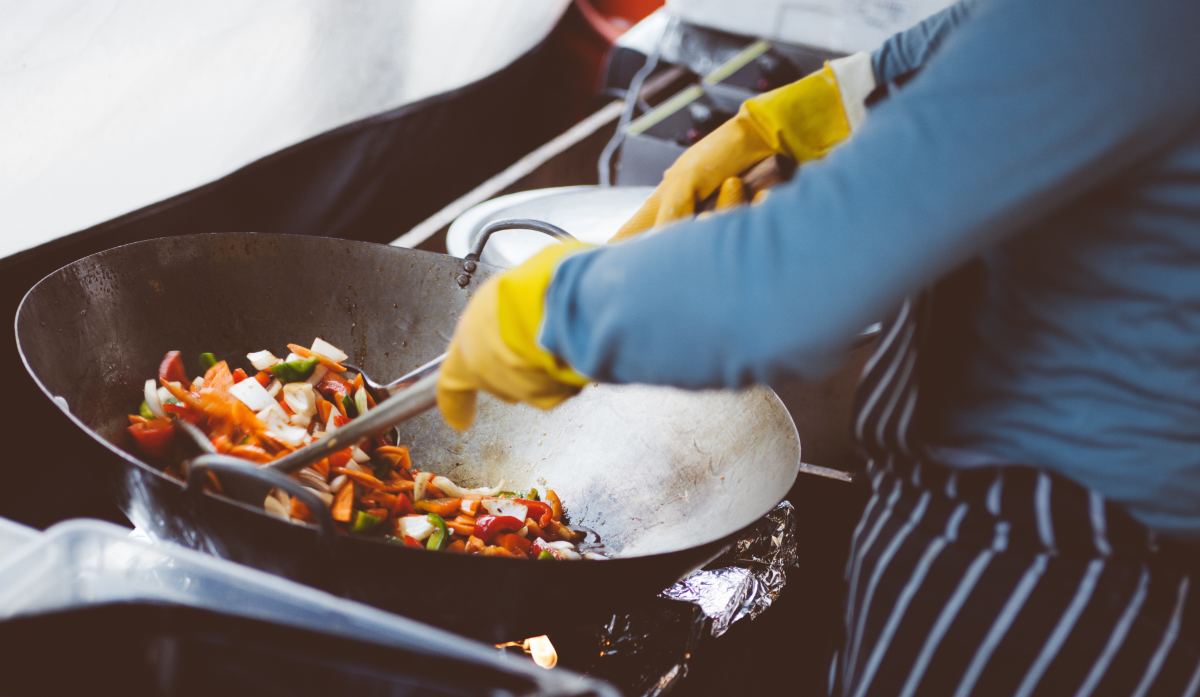Maintaining a pristine and welcoming kitchen involves ensuring your painted cabinets remain in top condition. For both kitchen professionals and homeowners, understanding how to effectively clean these surfaces can save time, effort, and money. With the right techniques and products, your cabinets can look brand new for years.

Why It's Important to Clean Painted Kitchen Cabinets
Painted kitchen cabinets can elevate your kitchen's aesthetic but are also susceptible to dirt, grease, and grime due to their proximity to cooking areas. Regular cleaning helps preserve the paint finish, prevent damage, and maintain a hygienic cooking environment.

Materials You'll Need
Essential Cleaning Supplies
- Mild dish soap or a gentle multipurpose cleaner
- Warm water
- Microfiber cloths
- Soft-bristle brush or toothbrush
- Baking soda (for stubborn stains)
Optional Cleaning Supplies
- White vinegar
- Olive oil (for polishing)
- Commercial cabinet cleaner

Step-by-Step Guide to Cleaning Painted Kitchen Cabinets
Step 1: Remove All Items from the Cabinets
Empty your cabinets completely before you start cleaning. This ensures you can reach every surface without obstructions and prevents items from getting damaged during the process.
Step 2: Dust the Cabinets
Use a dry microfiber cloth to remove any dust and loose debris from the cabinet surfaces. This initial step prevents dust from turning into grime when moisture is introduced.
Step 3: Prepare Your Cleaning Solution
Mix a few drops of mild dish soap or a gentle multipurpose cleaner with warm water. Test the solution on an inconspicuous area to ensure it doesn't damage the paint.
Step 4: Clean the Cabinets
Dampen a microfiber cloth with your cleaning solution and wipe down the cabinet surfaces. For intricate areas or stubborn grime, use a soft-bristle brush or toothbrush. Always wipe in the direction of the wood grain to avoid damage.
Step 5: Rinse and Dry
After cleaning, rinse the cloth with clean water and wipe down the cabinets to remove any soap residue. Then, use a dry microfiber cloth to thoroughly dry the surfaces, as moisture can damage painted finishes over time.

Dealing with Stubborn Stains
Using Baking Soda
For tough stains, create a paste with baking soda and water. Apply the paste to the stain and gently scrub with a soft-bristle brush. Rinse thoroughly and dry the area.
Using White Vinegar
Mix equal parts of white vinegar and water in a spray bottle. Spray the solution onto the stain, let it sit for a few minutes, and then wipe clean with a damp cloth. Rinse and dry the area to avoid any residue.
Polishing and Maintaining Painted Cabinets
Polishing with Olive Oil
If your painted cabinets have lost their shine, you can use a small amount of olive oil to restore their luster. Apply a few drops of olive oil to a microfiber cloth and gently rub it onto the surface. Buff with a clean cloth for a polished finish.
Using Commercial Products
There are various commercial products designed specifically for cleaning and maintaining painted cabinets. Always read the labels and follow the manufacturer's instructions to avoid damaging the paint.
Preventive Measures to Keep Cabinets Clean
Preventing dirt and grime buildup can significantly reduce the frequency and intensity of cleaning sessions. Here are some preventive measures you can take:
- Use cabinet liners to protect the interiors from spills and stains.
- Install range hoods to reduce grease accumulation from cooking.
- Regularly dust and wipe down cabinet surfaces to prevent dirt buildup.
Common Mistakes to Avoid
Using Harsh Cleaners
Avoid using abrasive cleaners or tools that can scratch or damage the paint. Stick to mild, non-abrasive cleaning solutions and soft cloths or brushes.
Ignoring Regular Maintenance
Regular maintenance is key to extending the life of your painted cabinets. Neglecting routine cleaning can lead to stubborn stains and damage that are harder to address later.
FAQs
How often should I clean my painted kitchen cabinets?
It's recommended to clean your painted kitchen cabinets at least once every few weeks, with deeper cleanings every few months to maintain their appearance and hygiene.
Can I use bleach to clean my painted cabinets?
No, bleach and other harsh chemicals can strip the paint and cause damage. Stick to gentle, non-abrasive cleaners.
What should I do if the paint on my cabinets starts to chip?
If you notice paint chipping, it's best to address it promptly by lightly sanding the area and touching up with matching paint to prevent further damage.
For more tips and guidance on maintaining your kitchen, visit our detailed guide.
For professional advice on commercial kitchen cleaning, check out this in-depth guide.
As an Amazon Associate, I earn from qualifying purchases.






Leave a comment
This site is protected by hCaptcha and the hCaptcha Privacy Policy and Terms of Service apply.